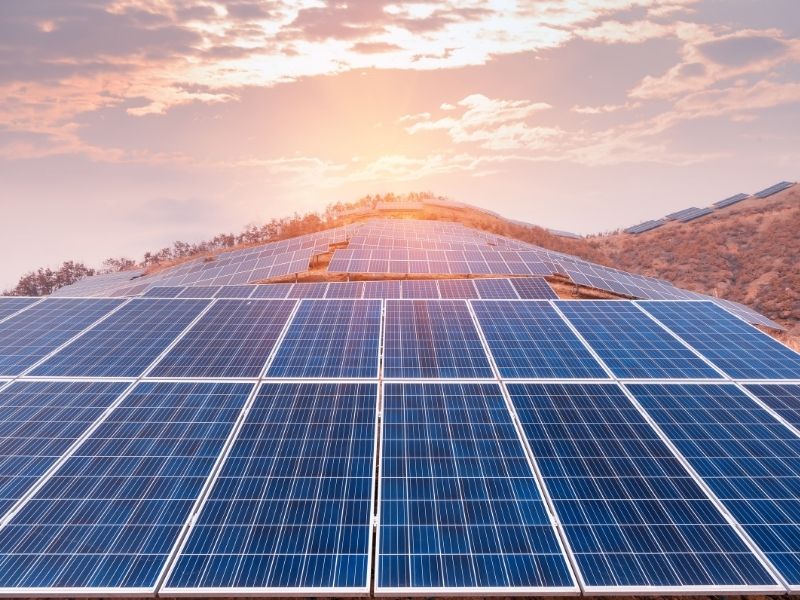GECO - Sustainability virtual italian fair
-
Virtual fair
- About us
- Expo event
- Press & Media
- Thematic areas
- How to participate
- Exhibitors
-
Sponsors
- Sponsorship
- Visibility
- Community
- Blog
- Login
-

Solar power is one of the clean, renewable sources on which research is focusing most strongly to ensure a sustainable future for our planet. On the other hand, the powering of our cities is bound to create more and more tensions in western societies: the depletion of non-renewable sources, the complex international relationships involved and the higher taxes on fossil fuels implemented by many governments are likely to drive up the cost of electricity all over the world. So why hasn't the entire planet switched over to renewable energy sources? After all, the sun is an infinite resource (or rather, technically it isn't, but the end of a star's life is not something humanity has any business worrying about), as is wind. Many have also suggested trying to 'export' solar energy from countries that have plenty of it (those south of the equator) to those where it is scarce (those closer to the North Pole). This is where the main problem of the scalability of this model arises.
While in much of Southern Europe and all of Africa solar energy would, in theory, suffice to guarantee an adequate supply of electricity to the entire population, Northern Europe is in a very different predicament. In Germany, for instance, only 10 per cent of the country's demand is met by solar power, and this is not only due to the slow pace of implementation. The same system would generate about one third of the energy in a northern European country compared to a central African country.
It has been calculated that the energy produced by 20,000 square kilometres of solar panels in Morocco could supply the entire world with electricity. Why have we not yet put this energy utopia into practice? Because its practical realisation is much more complex than it seems.

When transporting energy over long distances, some of the load is lost in transit. To minimise such loss, it is necessary to transform the electricity from alternating to direct current, and transformation plants are part of the prohibitive costs of the whole operation. Even when transformed, some energy is still lost (about 3.5% per 1000 kilometres), making the distribution of energy over long distances proportionally less economically viable. This particular aspect of transporting energy makes it preferable, however, to maximise solar energy production capacity in Europe before thinking about importing it from Africa.
In 2009, a German undertaking called 'Desertec' set out to be a pioneer in this field, with the intention of bringing electricity from the African desert to Germany. At the same time as the initiative, in which major German companies such as Siemens and Deutsche Bank were participating, was undergoing an internal debate on the feasibility of the operation and logistical issues, the political upheaval that we now know as the Arab Spring occurred and destabilised the political situation in the African countries involved. The partner companies, who were supposed to fund the project, pulled out of the whole operation for fear of losing their investments due to the political instability, and Desertec tanked. Even today, the political instability of the countries with which it would be necessary to establish lasting relations makes it extremely difficult to envisage a large-scale international energy transport operation.
If you are interested in renewable energy, attend the next edition of GECO! Green power sources are one of our five thematic areas.
Published on 22-12-2021